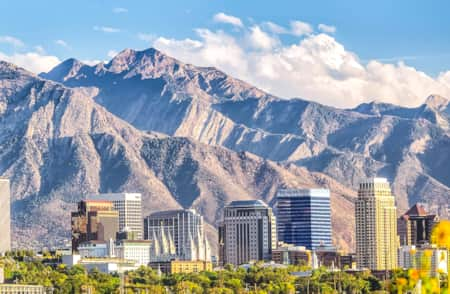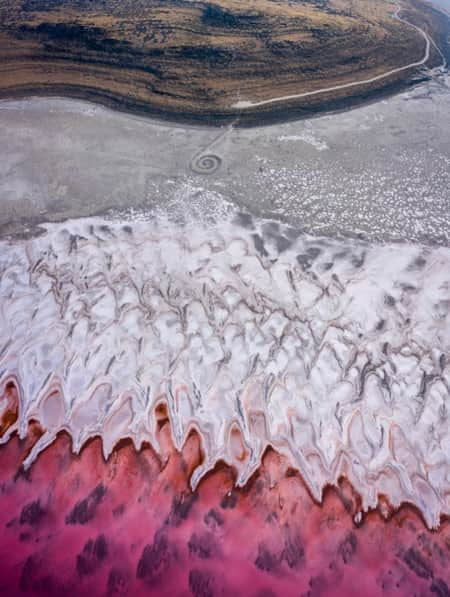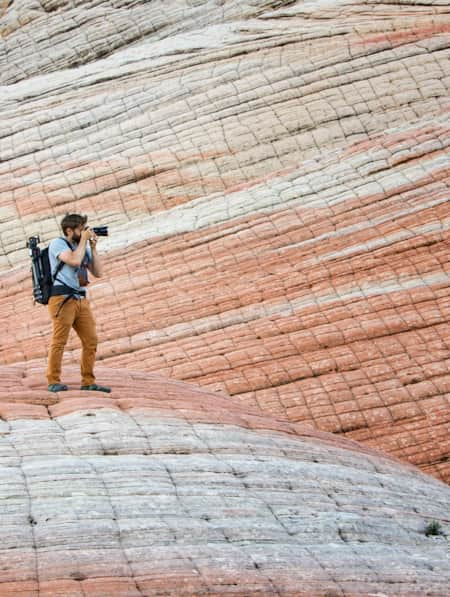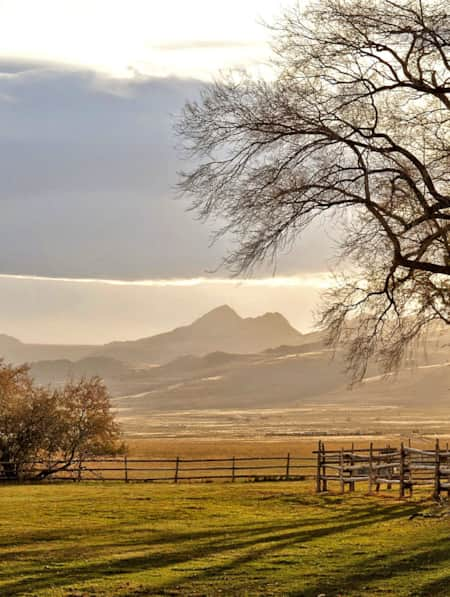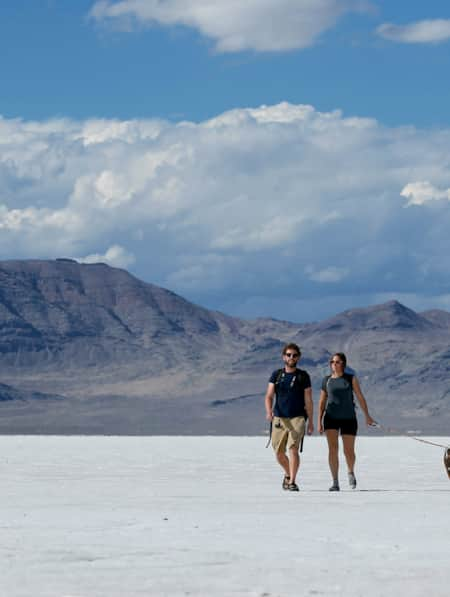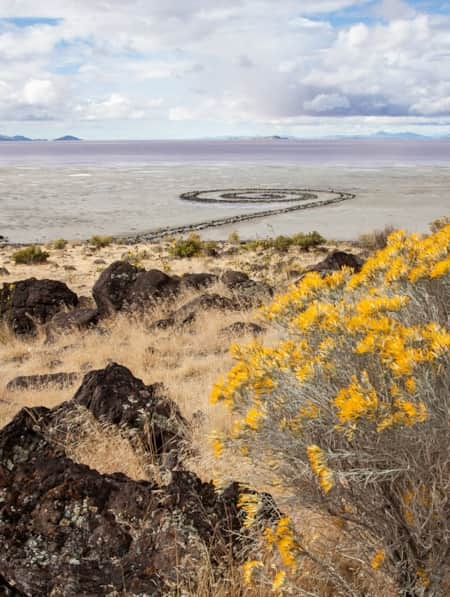
Great Salt Lake

Great Salt Lake Needs Your Visit
While you visit this mysterious natural wonder, you can also help save it.
Highlights
-
Antelope Island State Park
Explorers of Antelope Island State Park can hike, bike, picnic, camp, ride horseback or float in the salty sea. The island hosts free-range bison, antelopes, bighorn sheep and mule deer. It’s also designated as an International Dark Sky Park (Bronze Tier) by the International Dark-Sky Association (IDA). Be sure to stop by the visitor center to learn more about the 42-square-mile island.
-
Boating
Ahoy, matey! Lake visitors launch sailboats, motorboats, kayaks and paddleboats from marinas in Antelope Island State Park and Great Salt Lake State Park. Great Salt Lake State Park, in particular, houses a search and rescue operations center, provides long-term boat slip rentals and is home to the Great Salt Lake Yacht Club.
-
Bonneville Salt Flats
Not your typical white sandy beach, Bonneville Salt Flats is made of a layer of salt so dry, thick and hard that certain portions are inhospitable to life. What the flats lack in ecological liveability, they make up for in out-of-this-world landscapes for sensational photos, especially at sunset or sunrise. The salt flats also entertain motorsport racing — along with several land-speed records — at the Bonneville Speedway.
-
Cycling
Cycling — via mountain, road or e-bike – is a thrilling way to explore Great Salt Lake. Mountain bikers frequent the easy flats and moderate hills on Antelope Island. Antelope E-Bike Company provides guided tours of the island on custom electric bikes. Although Antelope Island reigns supreme for Great Salt Lake cyclists, road cyclists can choose from routes on the island or any roads leading to and from the lake.
-
The Spiral Jetty
Artists, historians and naturalists alike will appreciate the sensational sight of the Spiral Jetty. American sculptor Robert Smithson constructed this extraordinary coil-shaped earth sculpture in 1970 using 6,500 tons of black basalt rocks, limestone and mud. It measures 1,500-feet long by 15-feet wide and is considered the most famous large-scale earthwork of the period. Visitors should be mindful that low water levels at the Great Salt Lake have increased the natural presence of tar around the Spiral Jetty shoreline. Watch your step and keep dogs on leash.

Antelope Island State Park

The Great Salt Lake never freezes over.
Getting There
The best access points to Great Salt Lake are via Antelope Island State Park or Great Salt Lake State Park.
Antelope Island State Park rests on the lake’s east side and is the most popular place to experience the lake, due to its easy-to-spot wildlife and variety of activities. Visitors can hike, bike, camp or ride horseback to explore the island’s habitat and wildlife.
Great Salt Lake State Park sits on the south shore. Here, you can visit a small visitor’s center, book a boat tour or stroll along the marina dock. Whatever you decide, beautiful views of Great Salt Lake, Antelope Island State Park and Black Rock are a guarantee.
Willard Bay State Park is another option for access, though it’s the least traveled for guests of Great Salt Lake. Willard Bay is a freshwater reservoir on the flood plains of the lake. Both its north marina and south marina are popular for boating, waterskiing and year-round fishing for crappie, walleye, wiper and catfish.
There is a day-use fee per vehicle at all Utah State Parks, check with the park for current pricing. The Annual Utah State Park Pass is accepted.

Antelope Island State Park
Help Keep Great Salt Lake Forever Mighty
The Great Salt Lake is essential to Utah’s environment and ecology – 10 million birds visit the lake annually as an essential stopover and breeding ground. But the lake has lost half its water due to human usage. According to the Great Salt Lake Advisory Council, 871 billion gallons of water is diverted annually before it enters the lake and anticipated water demand could lower the lake another 10 feet. Discover simple ways you can conserve water from the Utah Governor’s Water Conservation Team – visit slowtheflow.org.
What's Nearby
-

Davis County
Davis County in Northern Utah is home to Antelope Island State Park, Lagoon Amusement Park, Cherry Hills Recreation Park and much more.
-

Frary Peak Antelope Island
Hike to the highest point on Antelope Island for outstanding photography opportunities. Get valuable Frary Peak information here. Visit Utah
-

Salt Lake City
Salt Lake City makes a great gateway for travelers visiting Utah's ski resorts or southward to Utah’s renowned red rock country.


